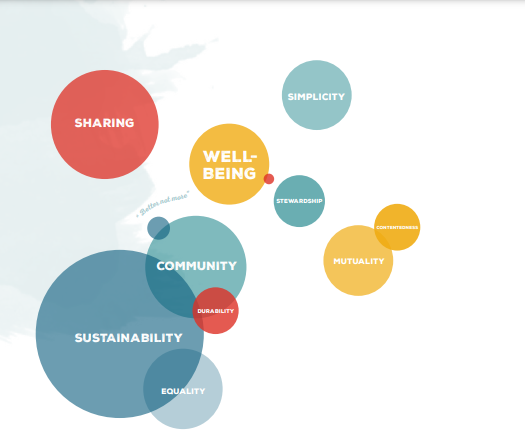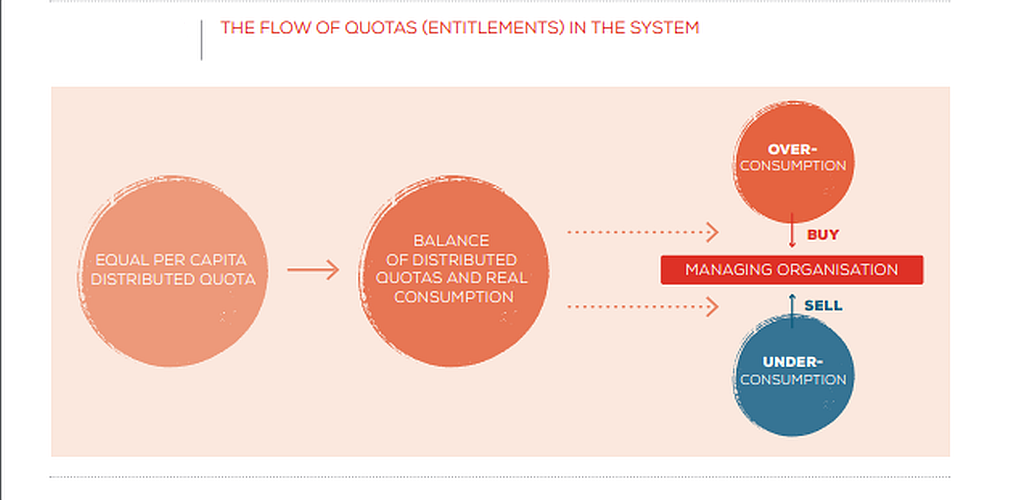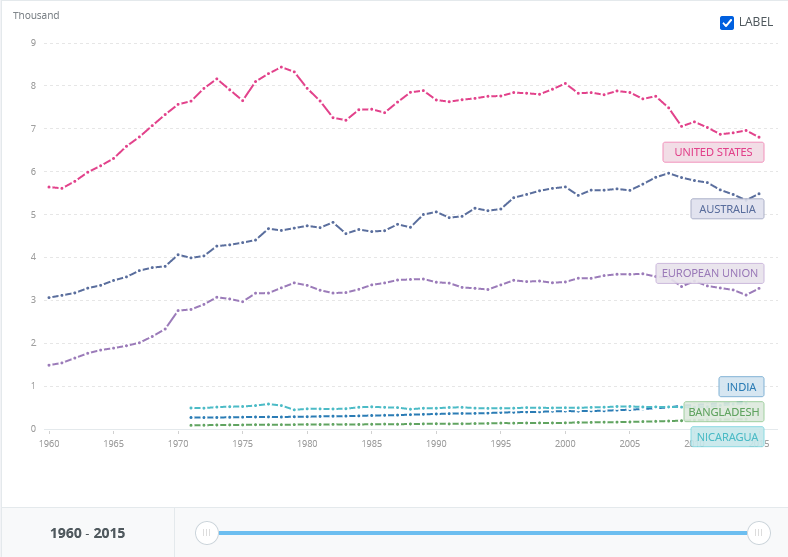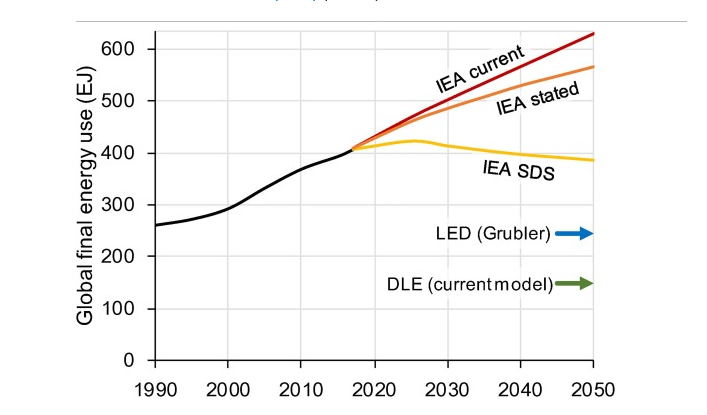We all agree that our civilization must transition to renewable energy and become considerably more energy-efficient. Even then some sort of restriction (rationing) is still required. The truth is that if we want a healthy world, we must live within the limits of what our planet can support.

Instead than focusing just on eco-efficiency, several environmental organizations advocate for ‘eco-sufficiency.‘
The goal of eco-efficiency is to reduce the quantity of carbon emissions or natural resources required to create a particular item. Sufficiency, on the other hand, is the use of caps and rationing of energy and resources to ensure that planetary boundaries are not crossed.
Eco-efficiency and sufficiency do not have to be mutually incompatible. Within the constraints imposed by sufficiency, efficiency can optimize well-being.

Caps and rationing would be a more equitable and effective means of distributing energy than carbon taxes, which are popular green initiatives, despite public opinion favoring carbon quotas over carbon taxes.
Introducing limits and rationing would need biophysical knowledge of where those planetary limitations are, as well as political judgments about how quickly to deplete a resource and how to divide it.
When it comes to energy, where do those boundaries lie?
The Swiss Federal Institute of Technology suggests a “2,000 watt civilization,” implying a global energy consumption per capita of 1,500 kgoe (kg of oil equivalent). predicts that this would keep global warming below 2°C although that would still have disastrous consequences for us.

The Global Commons Institute suggests a lower annual limit of 1,255 kgoe per person. This equates to a 35% decrease compared to the global average of 1,921 kgoe.
However, the global average conceals significant inequities. Americans (6887 kgoe) and Europeans (3278 kgoe) consume significantly more than India (637 kgoe), Nicaraguans (596 kgoe), Angolans (545 kgoe), and Bangladeshis (229 kgoe).

Using the Global Commons Institute’s idea, the ordinary Bangladeshi may raise their energy use by five times while remaining inside safe boundaries. The ordinary European would need to reduce their consumption by more than half.
By combining eco-efficiency and sufficiency techniques, we might provide products and services to a population of ten billion (2050) while using just 40% of the total energy now consumed, or between 310 and 440 kgoe per person per year. That’s three times less than the Global Commons Institute’s already ambitious proposal.
In this sufficiency scenario, we aren’t all going to suffer and die in the near future because our planet is burning down.
Reference- Science Direct, Vox Magazine, Open Democracy, World Bank Data






